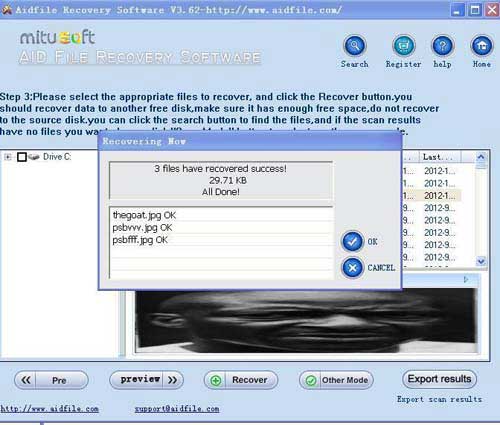

- EXTERNAL DRIVE NOT SHOWING IN DISK MANAGEMENT SOFTWARE
- EXTERNAL DRIVE NOT SHOWING IN DISK MANAGEMENT MAC

NOTE: If installing Toolkit does not resolve your issue, then it may not be related to security. Open Finder and confirm the volume is accessible.Make sure the Seagate Toolkit app is installed on your computer.
EXTERNAL DRIVE NOT SHOWING IN DISK MANAGEMENT MAC
Mac users may also see the following operating system message when connecting One Touch with Hub:Ĭlick Ignore and use Seagate Toolkit to unlock the drive. If you've enabled Seagate Secure for a high-capacity (12 TB or higher) One Touch with Hub and the drive is currently locked, your operating system will display the following drive status:ĭisk Management will show the disk status as Not initialised.ĭisk Utility will show the disk status as Uninitialised. Issue: One Touch with Hub appears to be uninitialised Please see the basic troubleshooter, USB Troubleshooter article. NOTE: If installing Toolkit does not resolve your issue, then it may not be related to security.
EXTERNAL DRIVE NOT SHOWING IN DISK MANAGEMENT SOFTWARE
If it's not, go to to download the software.Make sure the Seagate Toolkit app is installed on your computer.If you've enabled Seagate Secure for a high-capacity (12 TB or higher) One Touch with Hub and the drive is currently locked, the drive will not appear in File Explorer or Finder. You should simply replace the drive.Issue: One Touch with Hub is not listed in Explorer or Finder If the old one is damaged, replace it with a new USB one and connect the drive to the PC. Change the connection between the external hard drive and the computer, and you can make the external disk showing up. If you can't restore the drive to normal operation, it probably isn't worth sending it to a data recovery service unless the data stored on the drive is particularly valuable. Change USB Cable, USB Port, and Reconnect External Hard Drive. There are data recovery services that can use special equipment to try to recover content from the chips. However, that won't work if the drive fails as described here. In cases where stored information is merely corrupted, consumer data recovery software can often recover the contents. Note that doing this will erase all data on the drive. You might be able to recover the drive hardware by using a tool such as Bootice to manipulate the MBR.Īdditionally, if the drive uses a Phison controller, you may be able to use the Phison USB Mass Production Tools to reprogram the controller and restore normal operation. Drives failing in this manner will often show up as a storage device with 8MB capacity.įrom this answer: You can obtain more information about the drive and its controller using a tool called ChipGenius. It is also possible that the drive is fake and the cheap memory chip in the drive has failed. Again, from the standpoint of the computer, there is no medium in the drive to be formatted or repartitioned. To the computer, the drive is not much different than a floppy or optical drive with no disk inserted.Īs a result, it is not possible to access any data on the drive, nor is it possible to repartition or reformat the drive. This is usually caused by the NAND flash failing. Because of this, it appears to the computer as an empty disk drive. "No Media" means the flash memory controller cannot communicate with the NAND flash memory on the drive.


 0 kommentar(er)
0 kommentar(er)
